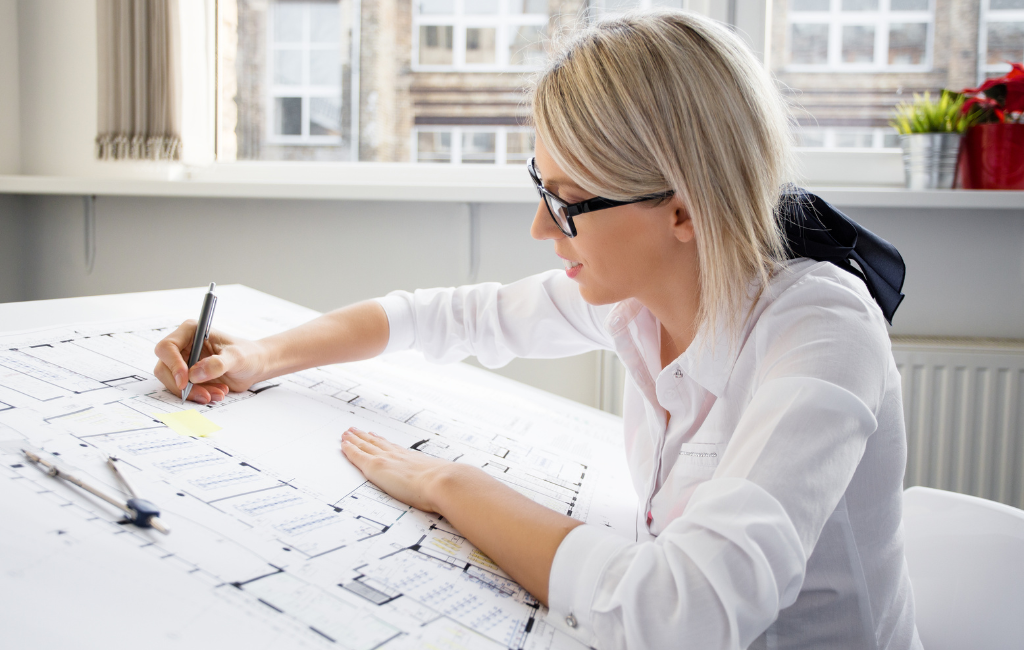Architect Concepts for Innovative Spaces
In the ever-evolving field of architecture, the creation of innovative spaces is a dynamic and exciting challenge. Architects are constantly pushing the boundaries of design to create environments that are not only functional but also inspiring. This article explores some of the most compelling concepts in modern architecture, supported by examples, case studies, and statistics.
Biophilic Design
Biophilic design is an approach that seeks to connect building occupants more closely to nature. This concept is based on the idea that humans have an inherent need to interact with the natural world. Incorporating natural elements into architectural design can improve well-being, productivity, and overall quality of life.
Key Elements of Biophilic Design
- Natural light
- Greenery and plant life
- Natural materials such as wood and stone
- Water features
- Views of nature
A notable example of biophilic design is the Amazon Spheres in Seattle. These glass domes house over 40,000 plants from around the world, creating a unique workspace that promotes creativity and relaxation.
Adaptive Reuse
Adaptive reuse involves repurposing old buildings for new uses. This concept not only preserves historical architecture but also reduces the environmental impact of new construction. By giving old structures a new lease on life, architects can create innovative spaces that blend the old with the new.
Successful Adaptive Reuse Projects
- The Tate Modern in London, a former power station transformed into a world-renowned art gallery.
- The High Line in New York City, an elevated railway converted into a public park.
- The Zeitz MOCAA in Cape Town, a grain silo turned into a contemporary art museum.
These projects demonstrate how adaptive reuse can create vibrant, functional spaces while preserving cultural heritage.
Smart Buildings
Smart buildings integrate advanced technologies to enhance the efficiency, comfort, and sustainability of a space. These buildings use sensors, automation, and data analytics to optimize various aspects of building management, from energy consumption to security.
Features of Smart Buildings
- Automated lighting and climate control
- Energy-efficient systems
- Advanced security systems
- IoT (Internet of Things) integration
- Data-driven maintenance
The Edge in Amsterdam is often cited as one of the smartest buildings in the world. It uses a network of sensors to monitor and adjust lighting, temperature, and energy usage, creating a highly efficient and comfortable workspace.
Modular Construction
Modular construction involves building sections of a structure off-site in a factory setting, then assembling them on-site. This method can significantly reduce construction time and costs while maintaining high quality and sustainability standards.
Advantages of Modular Construction
- Faster construction times
- Reduced waste
- Improved quality control
- Greater flexibility in design
- Enhanced sustainability
An example of modular construction is the CitizenM Hotel in New York City. The hotel was built using prefabricated modules, allowing for rapid construction and minimal disruption to the surrounding area.
Co-Working Spaces
Co-working spaces have become increasingly popular as more people seek flexible and collaborative work environments. These spaces are designed to foster creativity, networking, and productivity, often featuring open layouts, shared amenities, and a variety of workstations.
Popular Co-Working Space Features
- Open-plan layouts
- Private meeting rooms
- Shared amenities such as kitchens and lounges
- Flexible workstations
- Community events and networking opportunities
WeWork is a leading example of a co-working space provider. With locations around the world, WeWork offers a range of workspaces designed to meet the needs of freelancers, startups, and established businesses alike.
Sustainable Architecture
Sustainable architecture focuses on minimizing the environmental impact of buildings through energy-efficient design, use of renewable materials, and integration of green technologies. This approach not only benefits the environment but also reduces operating costs and improves occupant health.
Principles of Sustainable Architecture
- Energy efficiency
- Use of renewable materials
- Water conservation
- Indoor environmental quality
- Site sustainability
The Bullitt Center in Seattle is often referred to as the greenest commercial building in the world. It features solar panels, rainwater harvesting, and composting toilets, among other sustainable technologies.
Conclusion
Innovative architectural concepts are transforming the way we live, work, and interact with our environments. From biophilic design and adaptive reuse to smart buildings and sustainable architecture, these approaches are creating spaces that are not only functional but also inspiring and sustainable. By embracing these concepts, architects can continue to push the boundaries of design and create spaces that enhance our quality of life.
